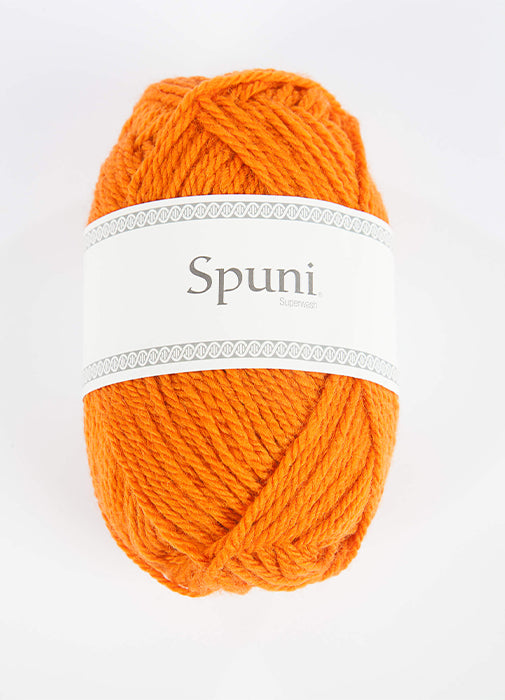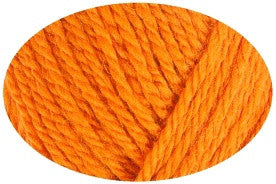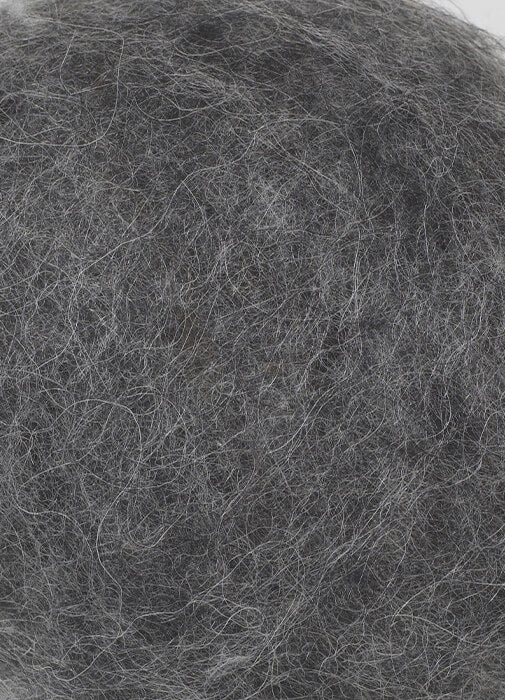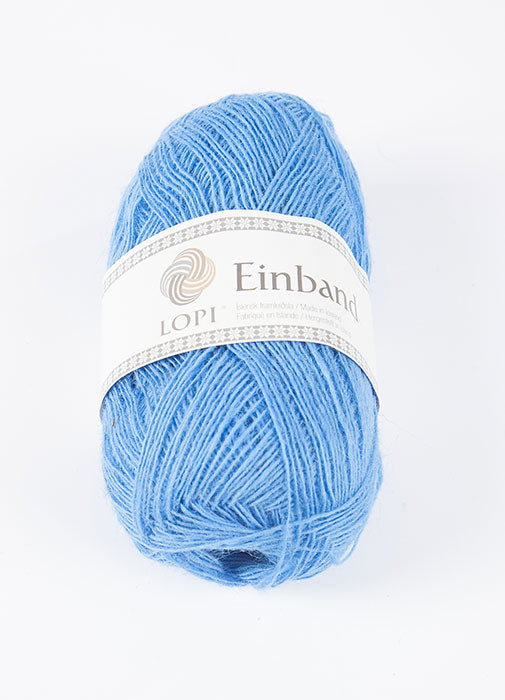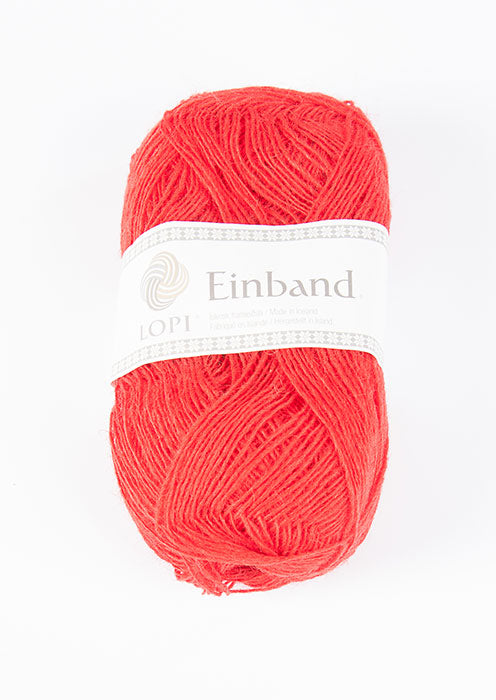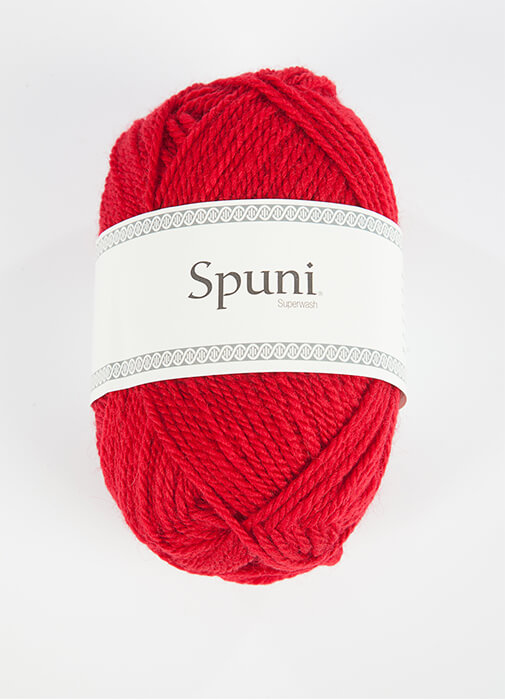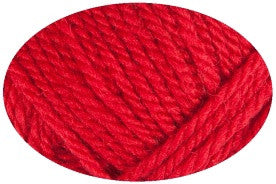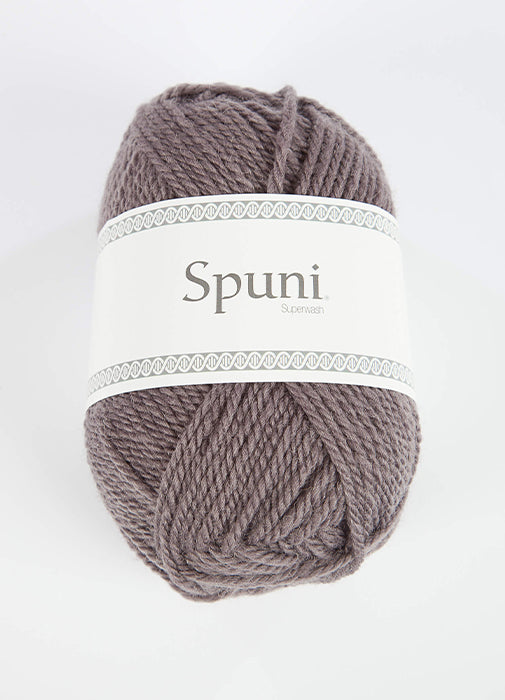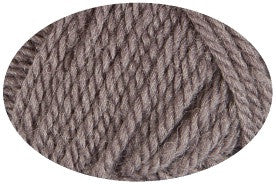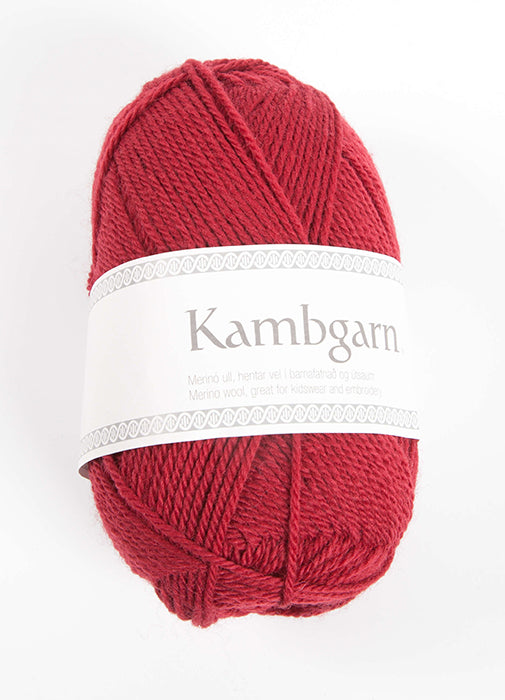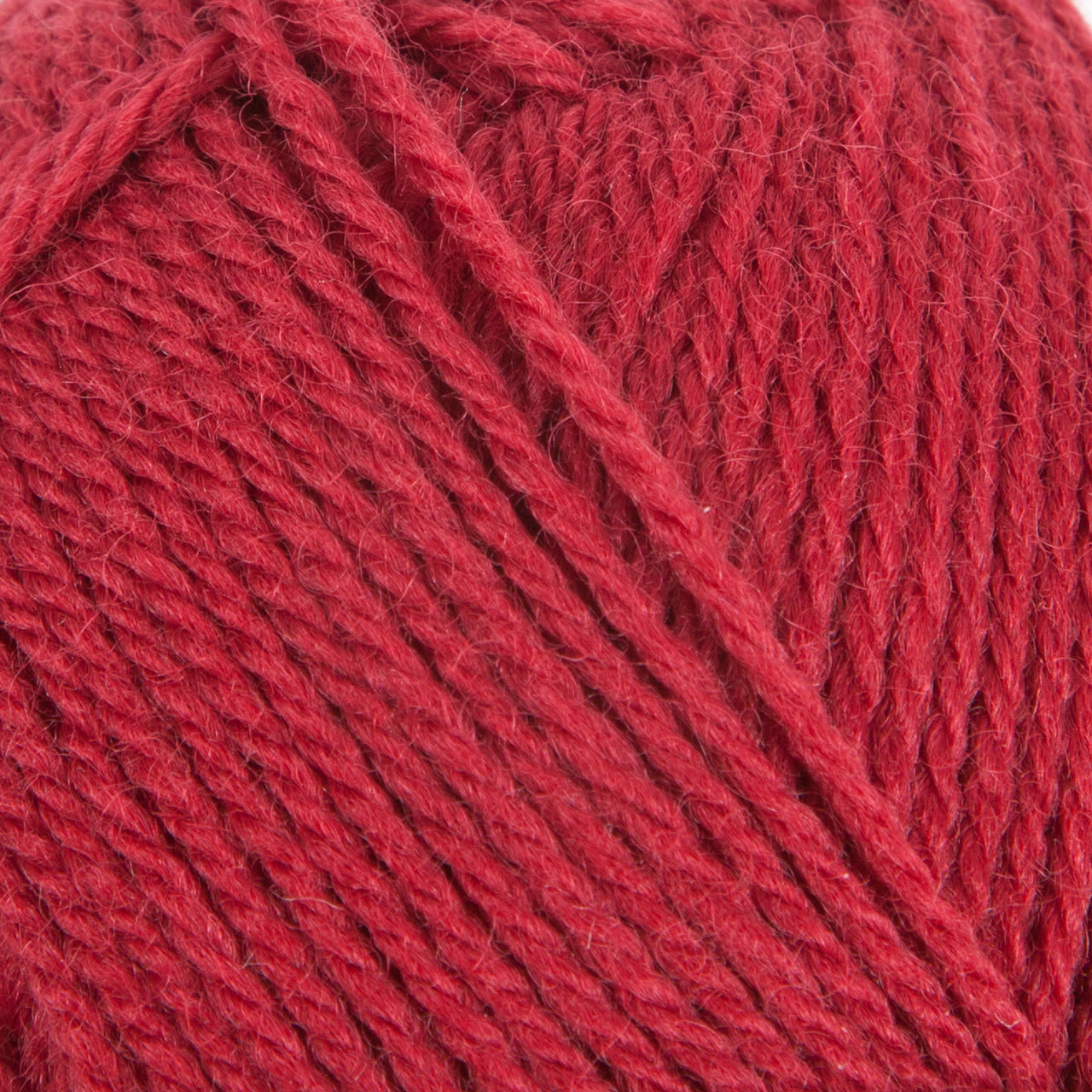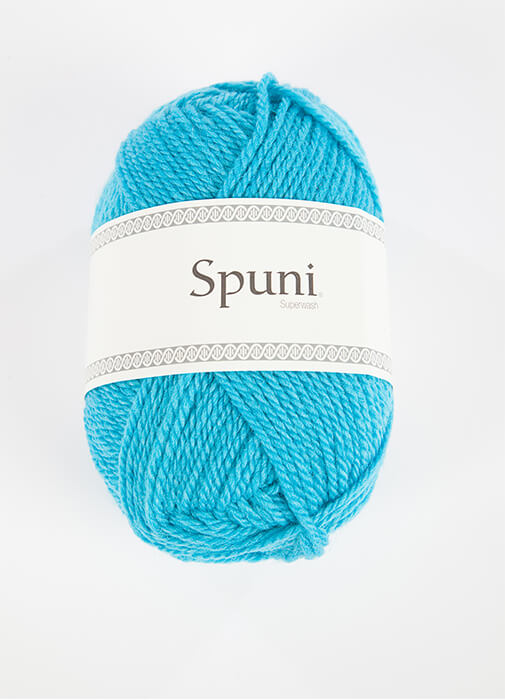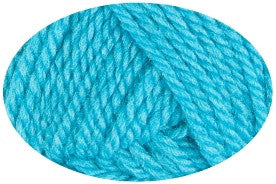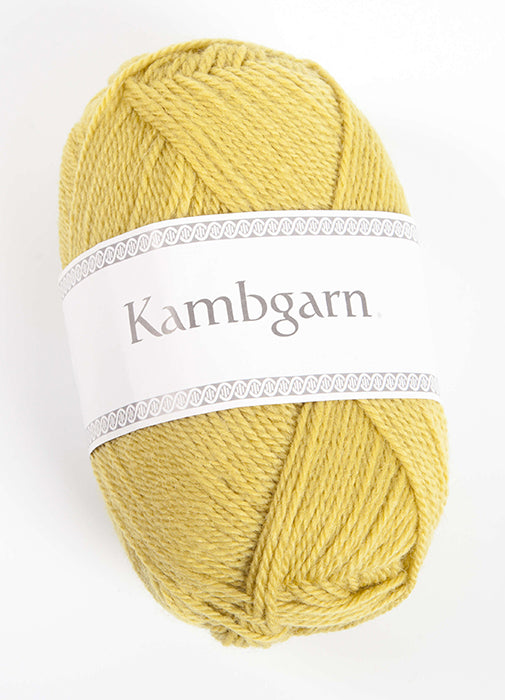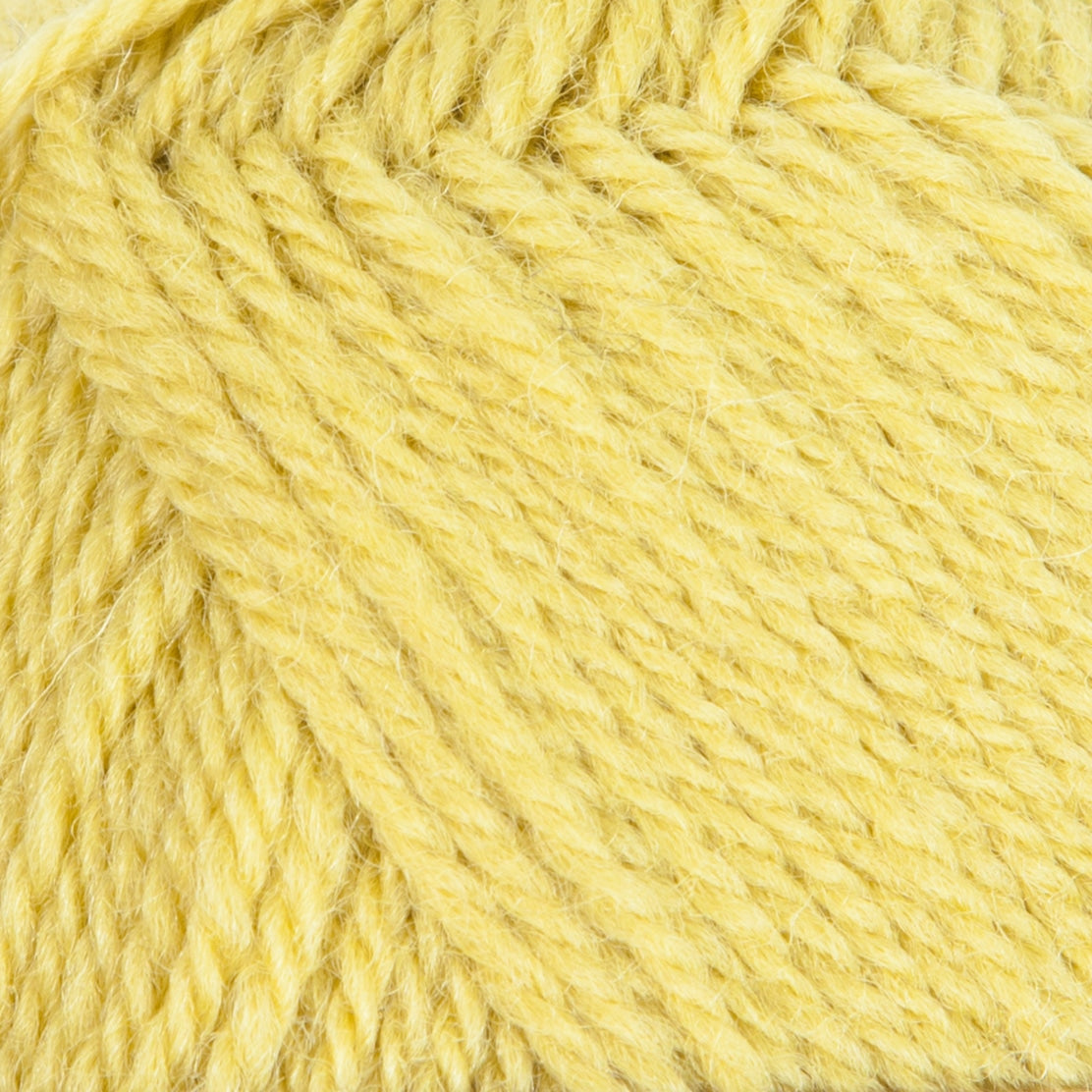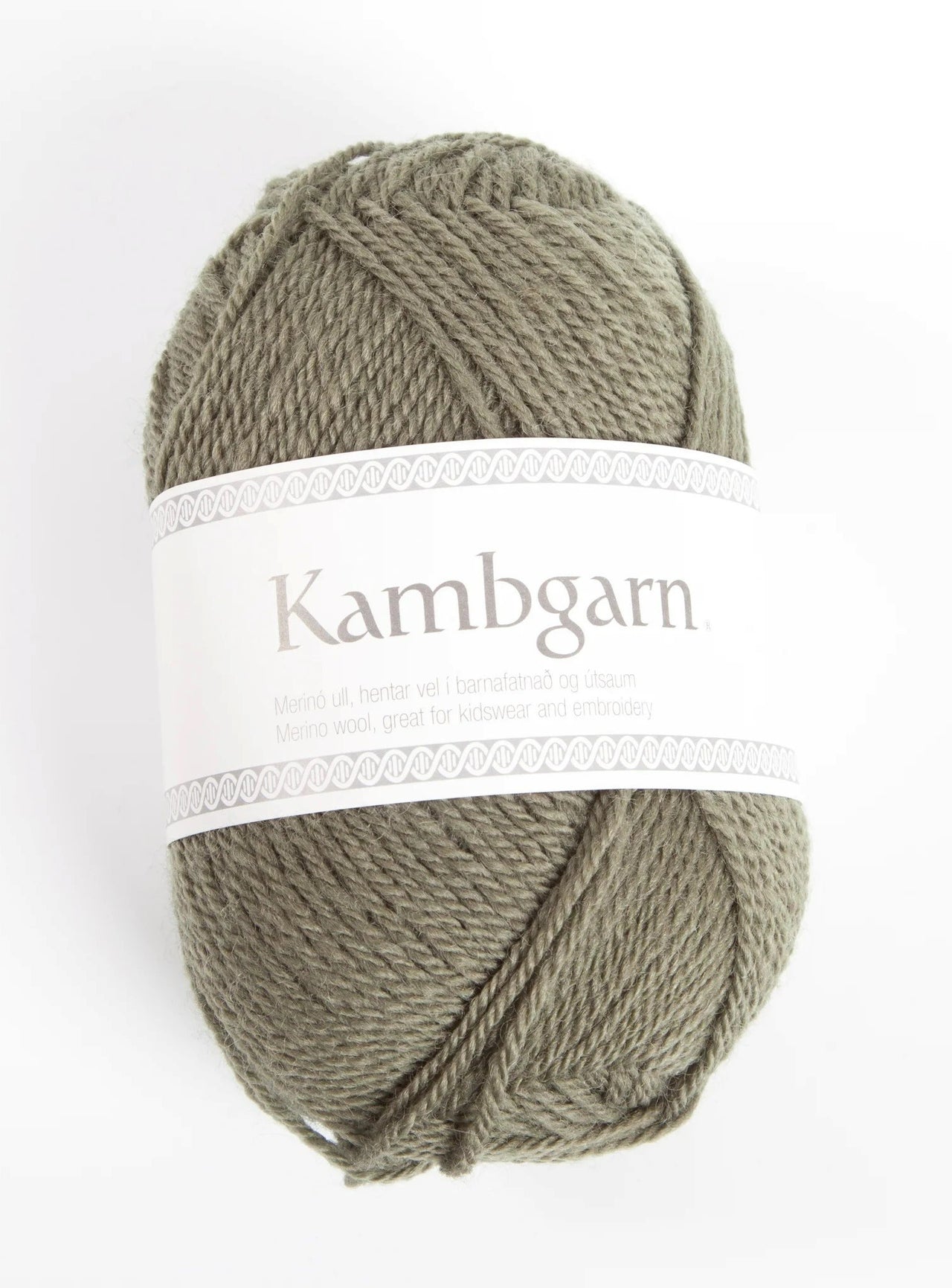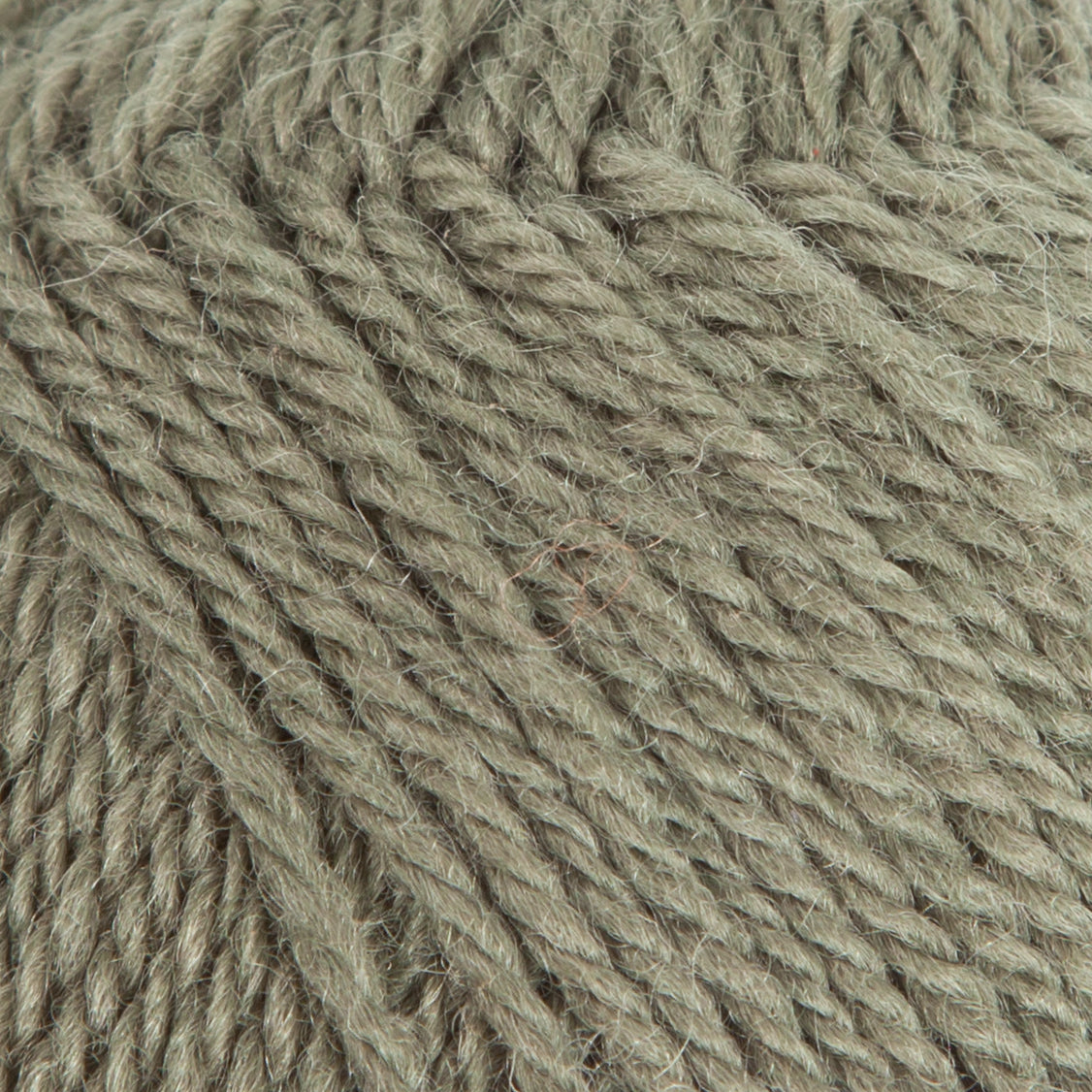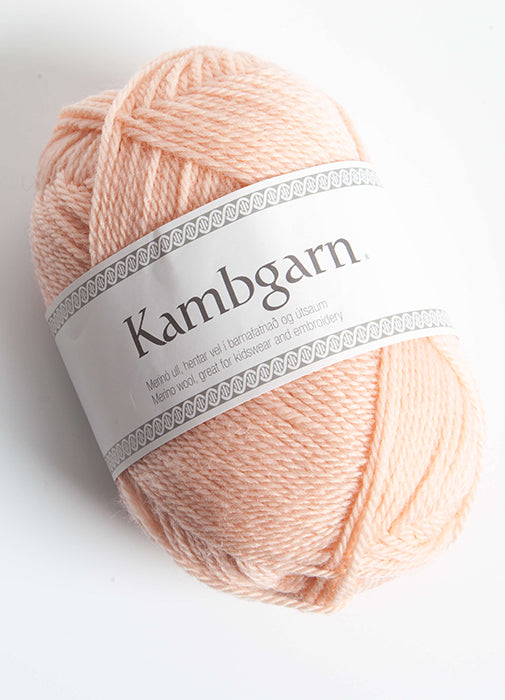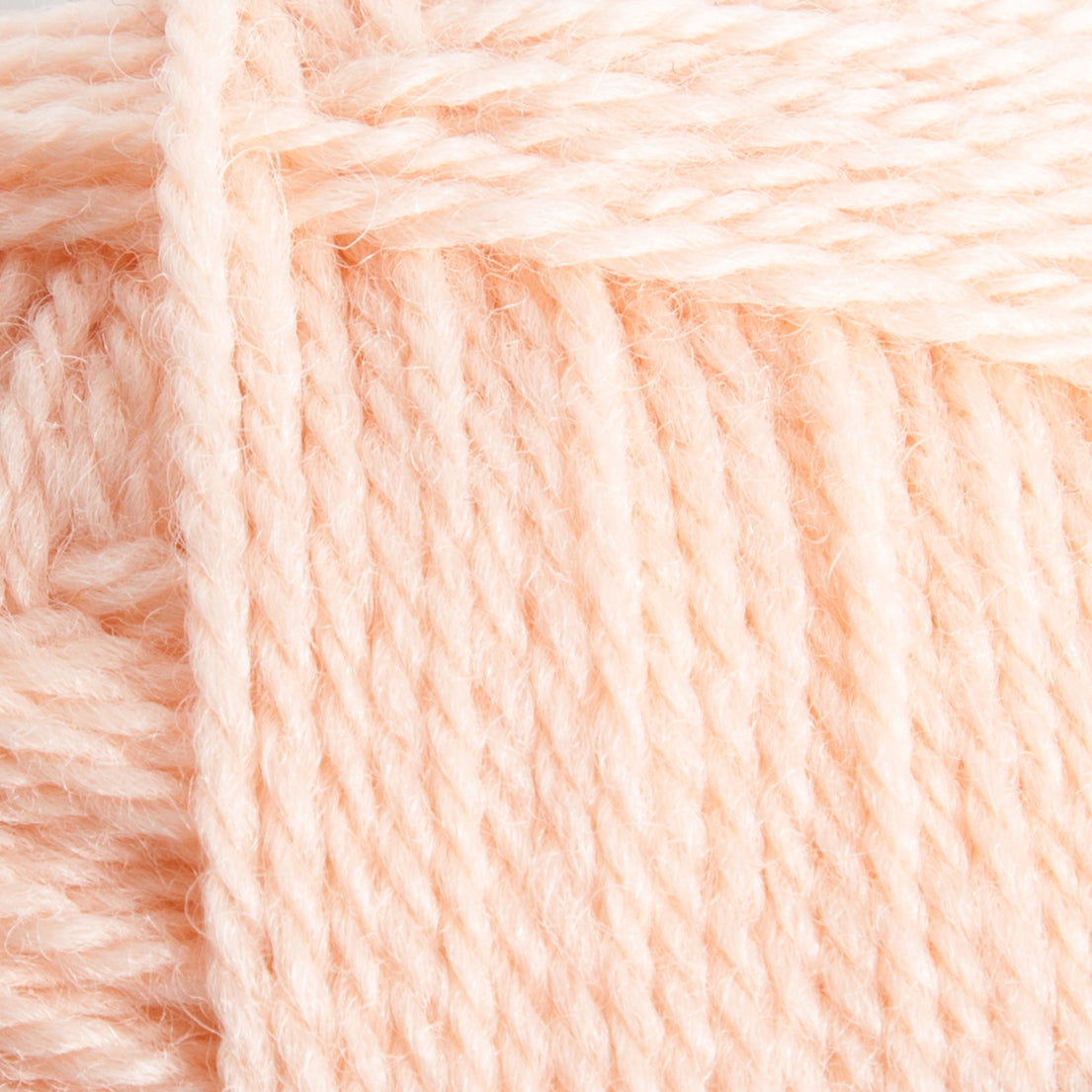Icelandic Wool Yarn
|Álafoss Lopi| Léttlopi |Plötulopi|Plötulopi - 2kg|
|Einband|Hosuband|Bulky Lopi|
|Felting Wool|Fjallalopi|
Icelandic wool yarn is renowned for its unique properties and cultural significance. It is primarily produced from the wool of Icelandic sheep, a breed that has been isolated in Iceland for over a thousand years. Here are some key aspects and types of Icelandic wool yarn:
Characteristics of Icelandic Wool:
Dual-Coated Fleece:
Tog: The outer layer, which is long, coarse, and water-resistant.
Þel (thel): The inner layer, which is soft, fine, and insulating.
The combination of these layers results in a yarn that is both warm and durable, ideal for harsh climates.
Warmth and Insulation: Icelandic wool is incredibly warm and lightweight due to the insulating properties of thethel layer. The air trapped between the fibers provides excellent insulation.
Water Resistance: The tog layer gives the wool a natural water resistance, making it suitable for outerwear in wet conditions.
Durability: Icelandic wool is known for its strength and longevity. Garments made from it can withstand significant wear and tear.
Breathability: Despite its warmth, Icelandic wool is breathable, which helps regulate body temperature.
Lopapeysa: Traditional Icelandic sweaters, known for their circular yoke patterns, are typically made using Lopi yarns. These sweaters are iconic and represent Icelandic heritage and craftsmanship.
Environmental Impact: Sustainability: Icelandic wool production emphasizes environmental sustainability. Sheep graze freely, and the wool is processed with minimal environmental impact.
Local Sourcing: The wool is sourced from local Icelandic sheep, supporting the local economy and maintaining traditional farming practices.
Knitting with Icelandic Wool Yarn: Handling: Especially with Plötulopi, handle gently to prevent breaking. Broken strands can be overlapped and rejoined easily.
Blocking: Washing and blocking finished items allow the fibers to bloom and interlock, enhancing the fabric's strength and softness.
Versatility: Experiment with different strand combinations in Plötulopi for various textures and weights.
Care Instructions: Washing: Hand wash in lukewarm water with mild detergent. Avoid agitating to prevent felting.
Drying: Lay flat to dry, reshaping as necessary. Avoid hanging, which can stretch the fabric.
Icelandic wool yarn offers a blend of tradition, practicality, and beauty, making it a beloved choice for knitters worldwide. If you have specific projects in mind or need more information about a particular type of Icelandic wool yarn, feel free to ask!
- Einband - 0852 - black sheep heather
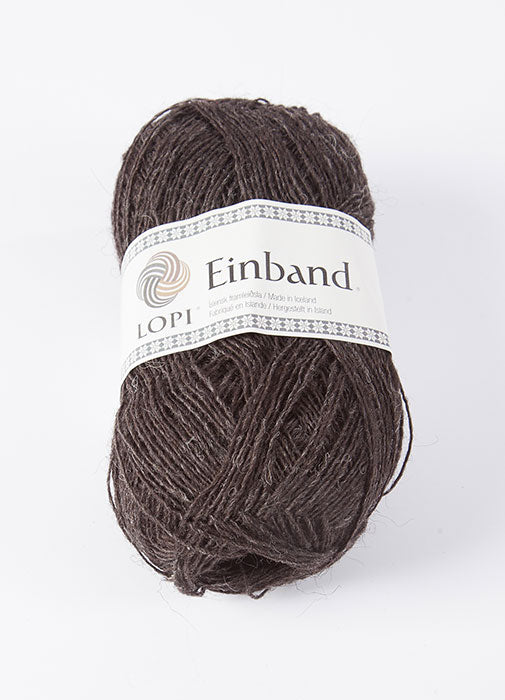 Sold outEinband - 0852 - black sheep heather€5,29€5,29Unit price / per
Sold outEinband - 0852 - black sheep heather€5,29€5,29Unit price / per


